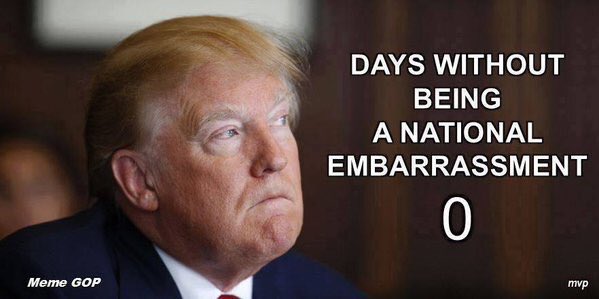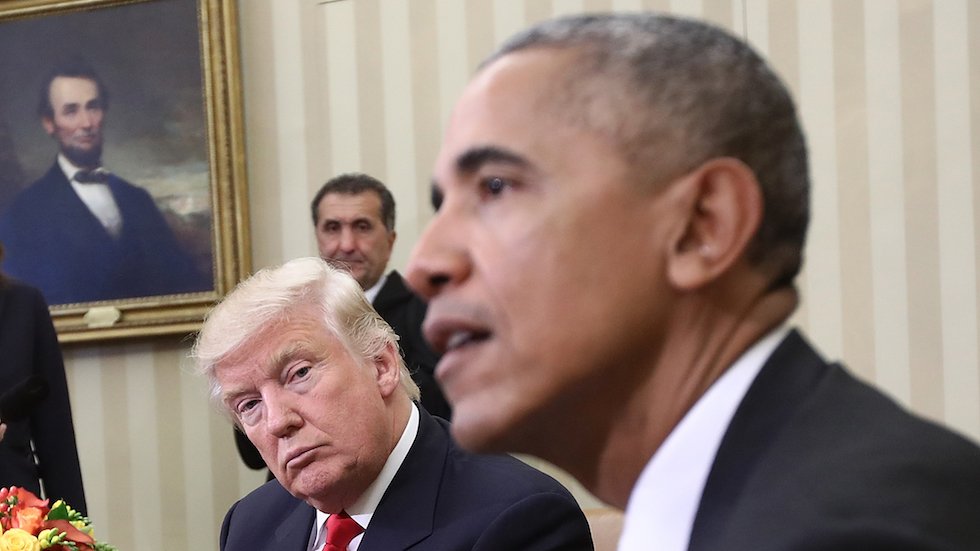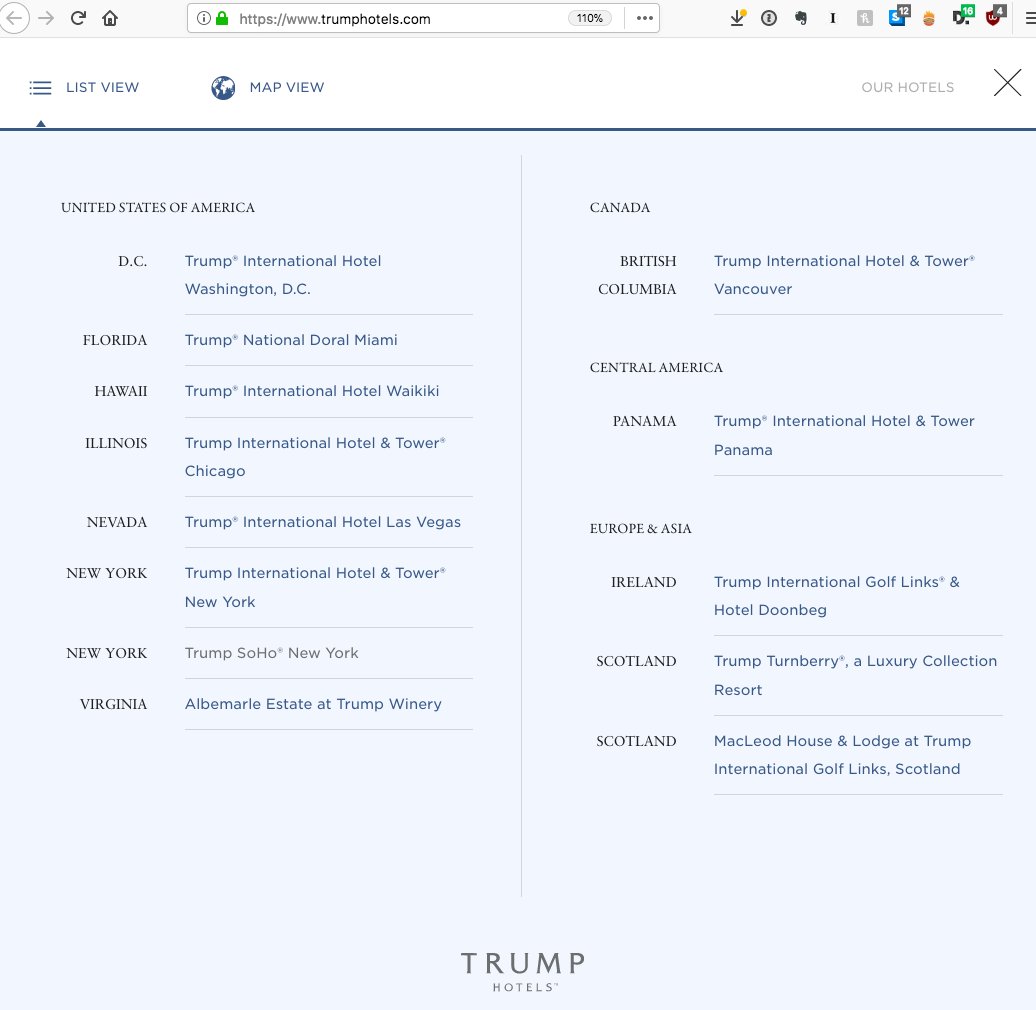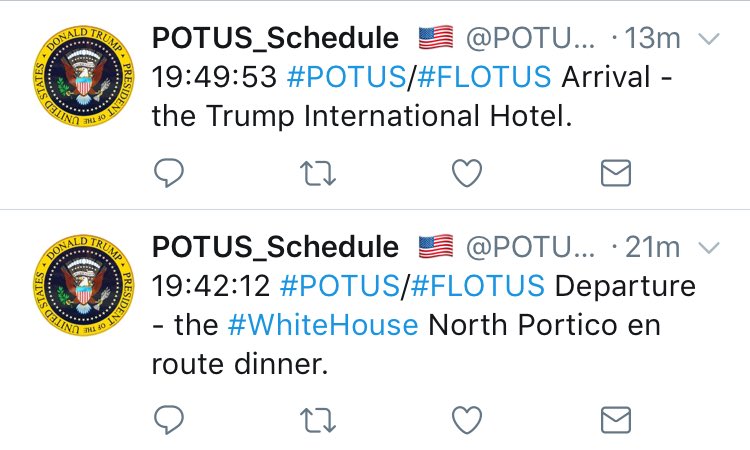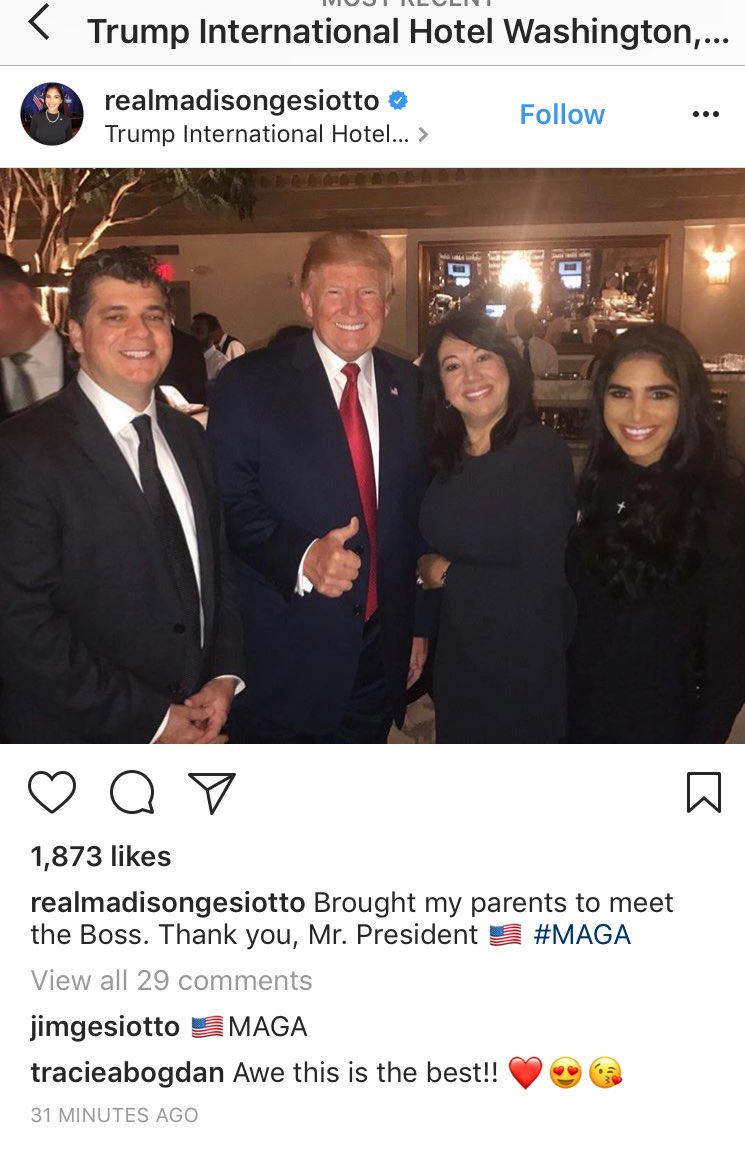1/
politico.com/story/2019/01/…
2/
And here’s the American Presidency Project’s list of all addresses, complete with links to full text: presidency.ucsb.edu/documents/pres…
4/
5/
6/
8/
9/
10/
11/

12/
13/
14/

Get real-time email alerts when new unrolls (>4 tweets) are available from this author!
Twitter may remove this content at anytime, convert it as a PDF, save and print for later use!

1) Follow Thread Reader App on Twitter so you can easily mention us!
2) Go to a Twitter thread (series of Tweets by the same owner) and mention us with a keyword "unroll"
@threadreaderapp unroll
You can practice here first or read more on our help page!
